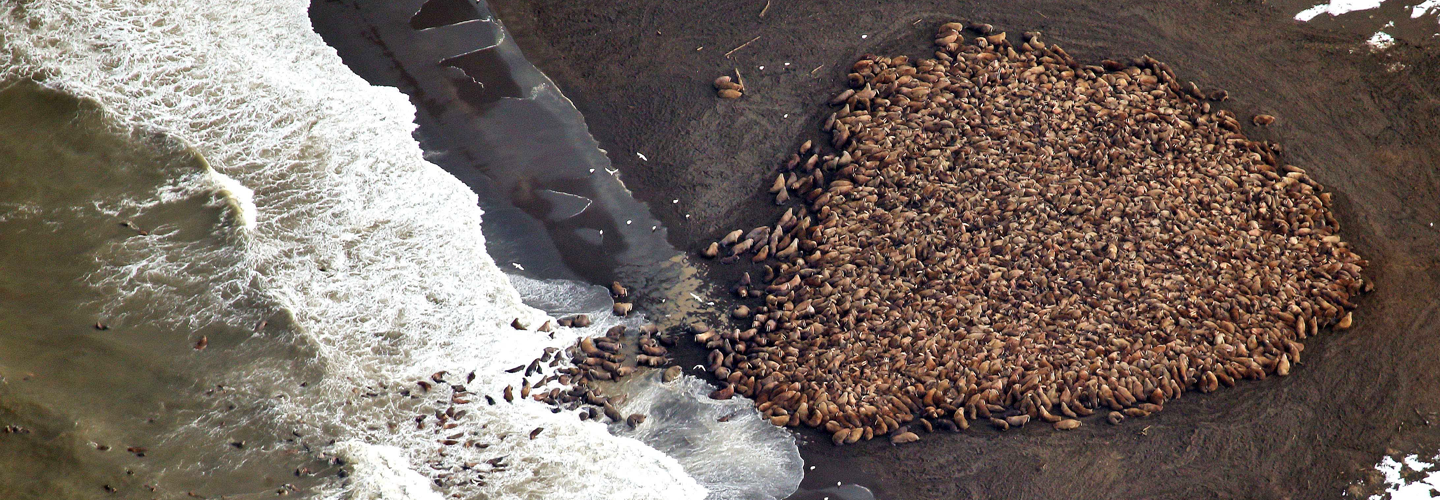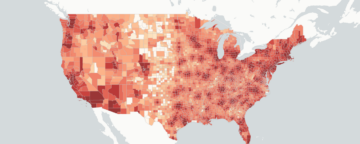In the fall of 2014, thousands of Pacific walruses gathered on a beach near Point Lay, Alaska. To rest from feeding in deep Arctic waters, walruses pull themselves up onto ice floes by their tusks in what’s known as a walrus “haul-out.” From September 30 to October 1, though, the herd on the beach grew from about 10,000 to an unexpectedly large 35,000.
One explanation offered by scientists in media reports was that climate change had led to a decrease in Arctic sea ice, forcing the herd to crowd ashore, a phenomenon captured in National Oceanic and Atmospheric Association photos that drew international attention.

In a new study published in the journal Environmental Communication, researchers at the Annenberg Public Policy Center (APPC) of the University of Pennsylvania measured the media selective-exposure process related to the walrus haul-out news coverage. The study was based on real-time data on the amount of haul-out coverage from broadcast and cable television on TV and the internet, including ABC, CBS, CNN, Fox, MSNBC, NBC, and PBS. The study data were collected as part of APPC’s 2014 Institutions of Democracy survey of 2,520 respondents from October 3-14, 2014, as the media covered the haul-out.
Other measures on the survey included climate change knowledge and political ideology. Knowledge was measured through a question that asked respondents whether the area covered by the Arctic sea ice in 1979 was greater, lower, or about the same when compared with 2013. Political ideology was measured on a scale from very conservative to very liberal.
About 18 percent of respondents were “media omnivores” who reported viewing two or more network or cable news sources five or more times per week, while 30 percent of respondents were “selective reinforcers” who reported viewing a single channel five or more times per week. Selective reinforcers seek belief-reinforcing media content; omnivores do not (the two groups were first defined in a 2004 Pew Research report.) Of the selective reinforcers, 60 percent watched Fox News.
Media omnivores had the highest levels of exposure to the haul-out news coverage, while those in the group with the lowest exposure were selective reinforcers who watched Fox. With most of the news sources, frequent viewers reported having higher exposure to the walrus haul-out coverage. The exception was Fox News, where heavier viewers actually reported lower exposure to haul-out coverage.
Political ideology was not related to omnivore status, but conservative ideology was positively related to selective-reinforcer status. Climate change knowledge was positively related to exposure to haul-out news coverage.
The researchers on the study were former APPC researcher Michael Hennessy, of the Annenberg School for Communication at the University of Pennsylvania; APPC research and administrative coordinator Lauren Hawkins; and APPC director Kathleen Hall Jamieson.
Click here to access the study at Taylor & Francis Online.
Contact: Michael Rozansky at APPC, (215) 746-0202.


